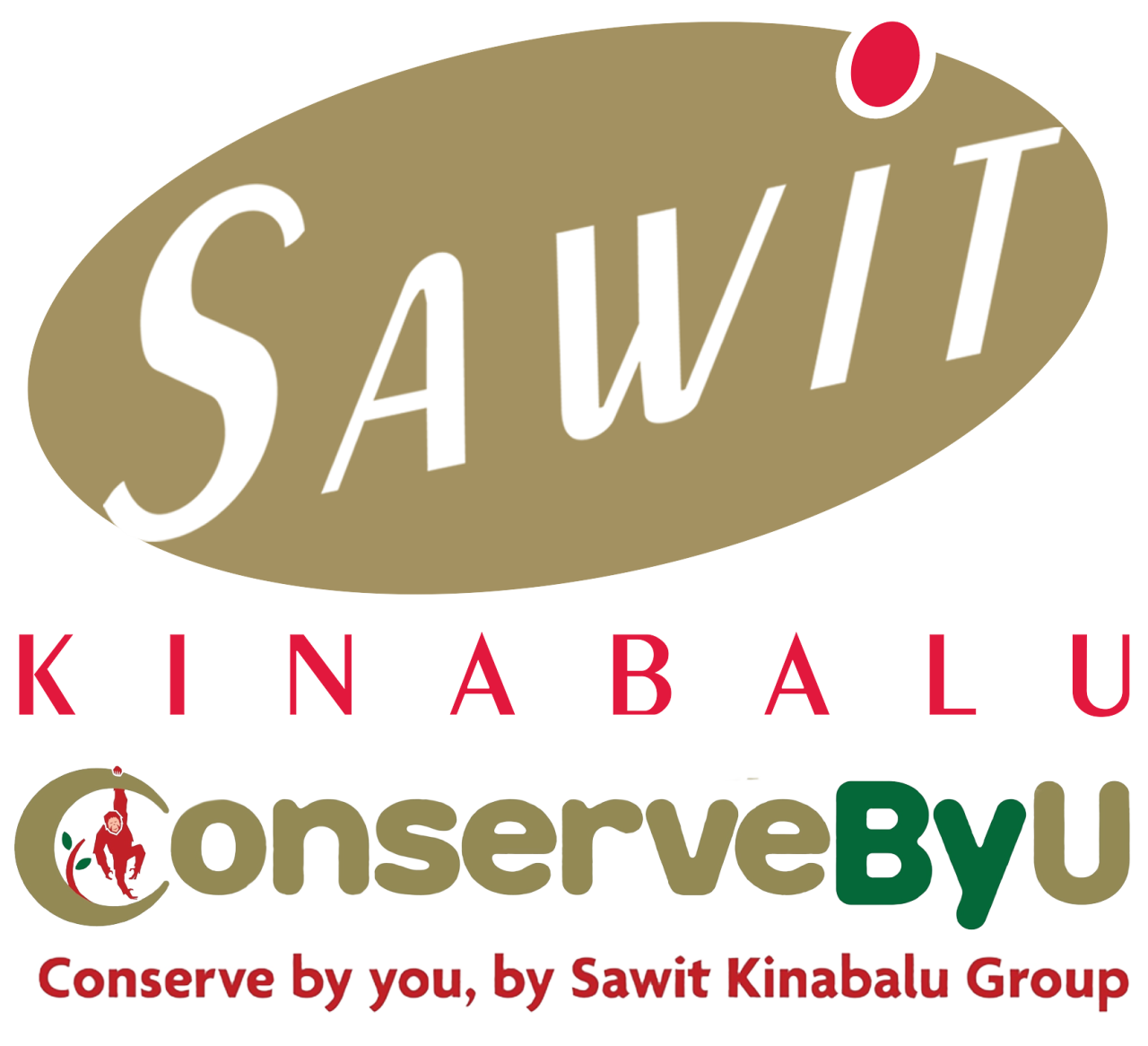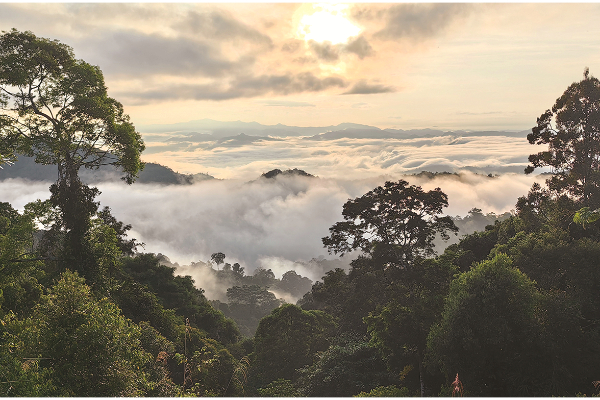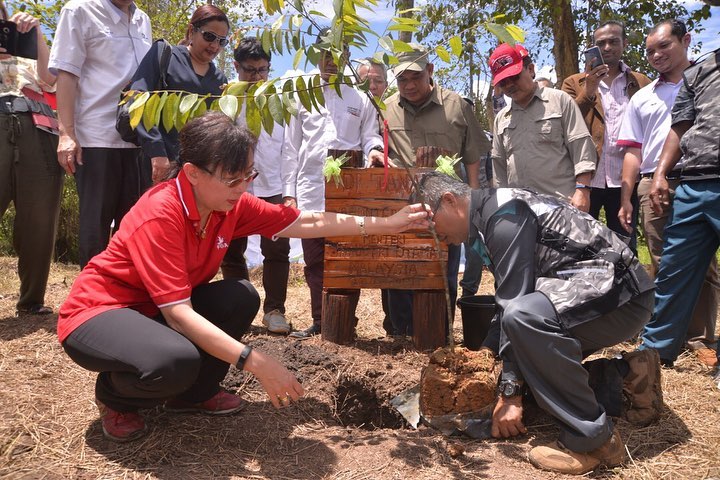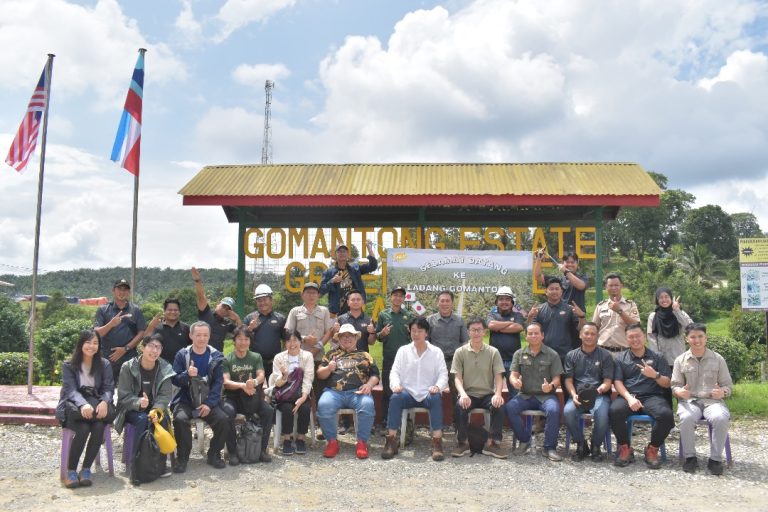Source: Daily Express / 24 March 2024
EVER pondered why streams are so clean each time you walk into a forest?
Besides canopy cover that soften direct rain hits, leaf litters that carpet soil surface and deeply penetrated roots increase ground permeability.
This stifles surface runoffs from storms, reduce soil erosion and sedimentation after pounding rains, greatly increase ground water recharge, which explains why water is still being released into Babagon Dam despite two months of rainless drought and Kota Kinabalu folks still enjoy continued water supply.
To stir public appreciation of today’s Special Report prepared by the Sabah Forest Department, the phenomenon cited above is but only one of countless amazing benefits of forests to mankind.
In 2012, the United Nations General Assembly proclaimed March 21 as the International Day of Forests (IDF).
The day is designed to celebrate and raise awareness on not only the importance of all types of forests but also to foster new ideas and solutions about them.

Ever wonder why streams in forest are so clean and pristine and why forests continue to release water into rivers and dams during prolonged drought?
On each International Day of Forests, countries are encouraged to undertake local, national and international efforts to organise activities involving forests and trees, such as tree planting campaigns.
The theme for each International Day for Forests is chosen by the Collaborative Partnership on Forests (CPF).
This year’s theme is “Forests and innovations: New Solutions and For a Better World”.
The UN Forum on Forests (UNFF) and the UNFAO organise the Day in collaboration with governments.
Forests are among the most complex ecosystems in the world, providing fresh air and water to mankind.
They are the green lungs of the world with a myriad of flora and fauna living within the forests.
Hence, it is utmost important for us to protect the forests for posterity.
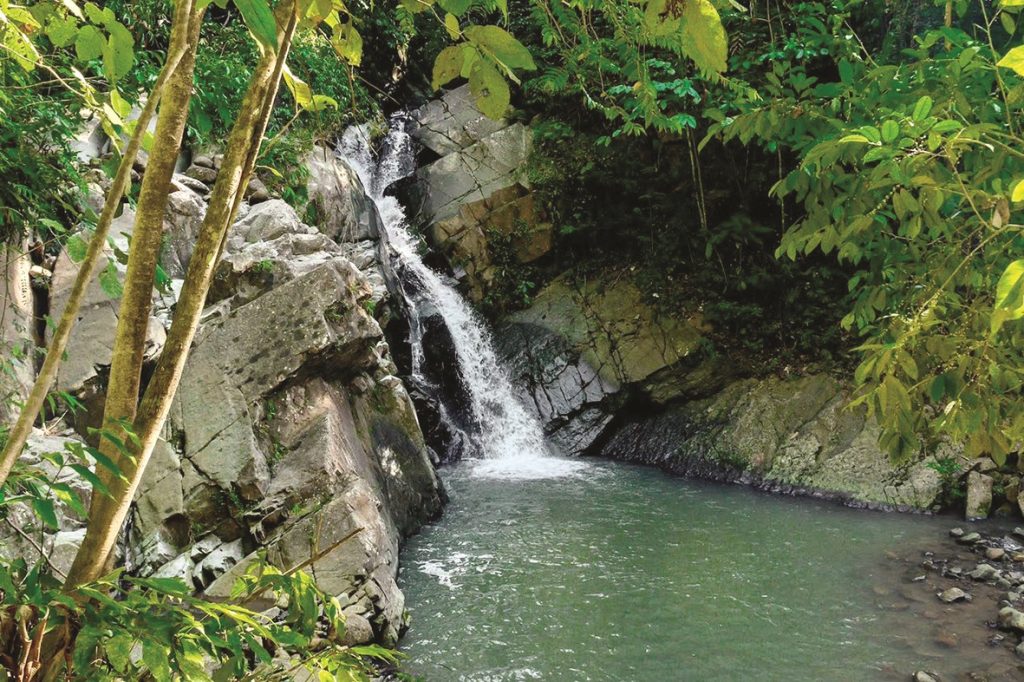
Forest innovations key to sustainability
As highlighted by UN FAO, innovation can help to restore, protect, manage and use forests sustainably.
Technological, social, policy, institutional and financial innovations are key to ensure the sustainable supply and use of forest ecosystem services.
As the custodian of the rain forests and marking its 110th anniversary this year, the Chief Conservator of Forests, Datuk Frederick Kugan, emphasises that Sabah Forestry Department (SFD) strives to excel in sustainable forest management, and innovation can indeed play a crucial role in creating a better way of life for both humans and forests.
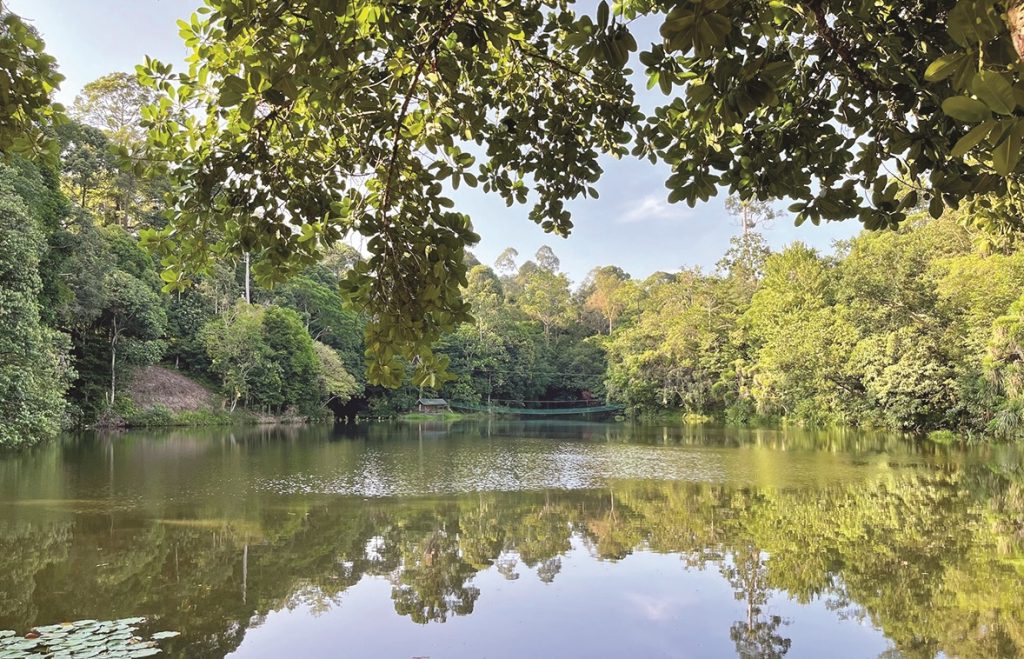
Forests provide ecosystem services as watershed and recreation.
The forests are an important natural asset to the state, not only for their significant contribution to the socio-economic development but also for their essential role in the maintenance of the quality of the environment, biodiversity and forest recreation.
Hence, sustainable use of natural resources from the forests and biodiversity conservation with innovative approaches are significant in ensuring a better tomorrow for our future generation.
Achieving Sustainable Forest Management (SFM) has been one of the main agenda of the State Forestry Department.
SFD’s innovative measures on SFM
The Department adopts various innovative approaches in implementing SFM.
Among the earlier approaches is the establishment of a model management area of about 55,000 hectares in Deramakot Forest Reserve using Reduced Impact Logging (RIL), and the subsequent adoption of the management system for statewide application in 1997.

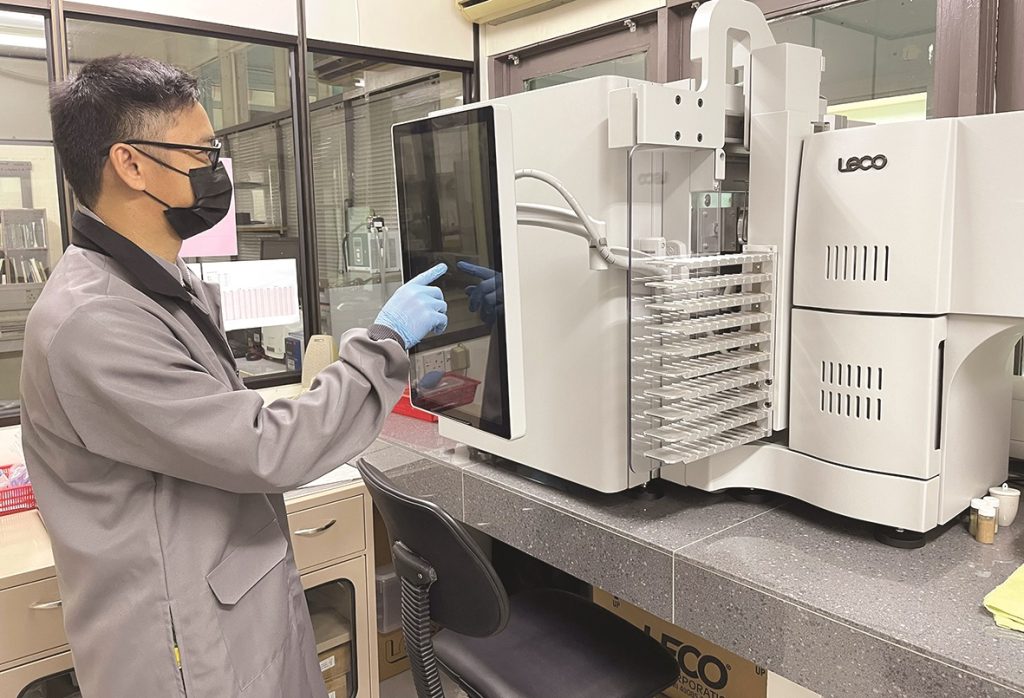
The Deramakot Forest Reserve is a Commercial Forest Reserve that has been certified as a well-managed forest according to internationally accepted standards set by the Forest Stewardship Council (FSC).
It is the first and longest certified tropical rain forest in the world for 30 years.
Innovation in forestry practices can lead to sustainable forest management techniques that help conserve forests, protect biodiversity, and create long-term economic opportunities for communities that depend on forests.
Innovative technologies & strategies
In SFM today, innovative technologies, such as drones, satellite imaging and mapping can be used to monitor forests, identify areas for restoration, combat deforestation and illegal logging.
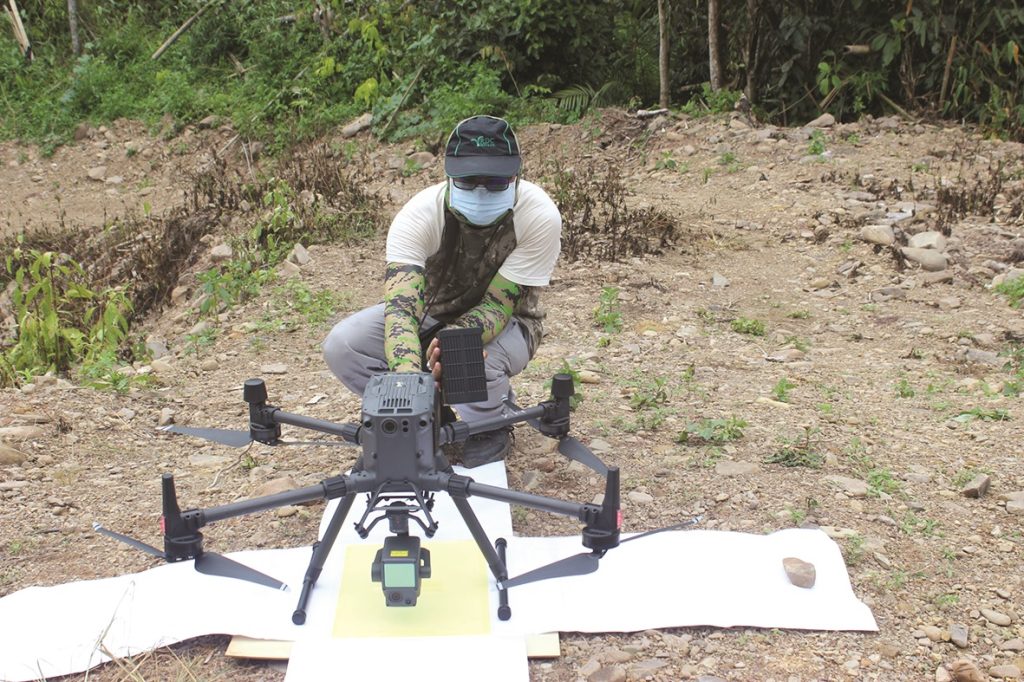
Apart from technologies, innovative strategies are adopted in mainstreaming forest and biodiversity conservation into other sectors and financing conservation efforts through approaches like Payment for Ecosystem Services (PES) and Reducing Emissions from Deforestation & Forest Degradation (REDD+).
We can promote sustainable development while also protecting valuable ecosystems and biodiversity for future generations.
Payment for ecosystem services & local communities
PES schemes can be implemented, where landowners or communities are financially compensated for providing ecosystem services, such as carbon sequestration and watershed protection.
Engaging with local communities, indigenous peoples, and other stakeholders will ensure that their perspectives and knowledge are incorporated into decision-making processes related to plantation and environmental projects.
This helps to address socio-economic benefits and ensure that conservation efforts are socially equitable and culturally appropriate.
Application of innovations
Among the applications with innovation developed to assist SFM in Sabah include the IForSabah and GeoForest.
IForSabah is a web Geographic Information System (GIS) application that comprises geospatial information of Sabah’s forest.
This platform benefits administrator of our forest’s through all levels in providing spatially interpretable information for the purpose of resource accountability, planning and decision making, assigning appropriate management practices and long term monitoring of our forest management.
In addition to this, GeoForest is a system framework that integrates GIS Enterprise and SFD business data, and modules as a centralised database for all data, such as geospatial data, and essential SFD information.
The main objective of this system is to create, manage databases, enable efficient management and use of SFD data, and to ensure ease in updating information that is precise and consistent.
Contribution from R&D
Research and Development (R&D) undertaken by SFD contribute towards SFM in Sabah.
Among the research output includes the Conservation Area Information and Monitoring System (CAIMS) that serves as an online platform developed by the department to enlighten various users about the crucial role of totally protected areas (TPAs) in Sabah.
This website is designed to unveil the rich diversity of flora and fauna alongside their surrounding environment, captivating the public’s interest in Sabah’s status as a biodiversity hotspot and emphasising the vital role of forests in fostering sustainable livelihoods.
The Sabah Ecosystem Hub
Additionally, the department is spearheading the development of a centralised research database, known as the Sabah Ecosystem Hub, to support further the vision of sustainable resource management in the region.
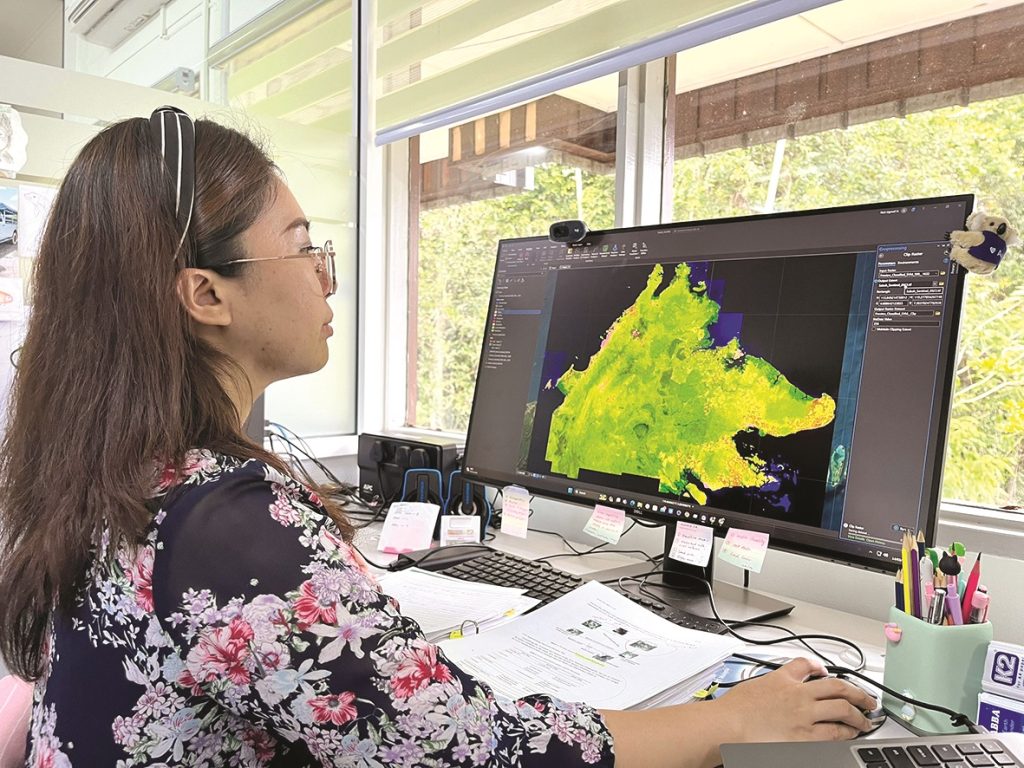
This innovative hub harnesses cutting-edge technologies, integrating scientific insights to ensure the implementation of efficient and effective monitoring strategies.
Data acquisition methods encompass a range of techniques, including remote sensing technology, field inventories, and social studies.
A notable achievement
A notable recent achievement includes the successful assessment of ecosystem services in Kampung Tondulu and Kampung Kuyungon, Tambunan.
The findings from this study have been disseminated through various channels, including publication in a scientific journal and a book written in Malay, with a specific aim of engaging surrounding communities and facilitating knowledge transfer.
Landscape level monitoring
Moreover, a two-phase (ground and aerial survey) sampling inventory demo campaign, successfully implemented just last year, signifies a growing interest in the department in enhancing landscape-level monitoring methods.
R&D in Forestry Department adopts contemporary and innovative field and laboratory approaches that are relevant and contribute towards a better world in terms of forest management.
FRC’s 70-plus projects
Through the Forest Research Centre (FRC) in Sepilok, the Department is engaged with over 70 projects since 2020 with local and international academic institutions, agencies and scientific experts.
For 2023 alone, there were some 88 applications to SFD to conduct research in various forest reserves in Sabah.
Rainforest Discovery Centre
The Rainforest Discovery Centre in Sepilok, under the management of SFD is the forefront in environmental education as well as forest recreation.
The centre adopts contemporary and interactive approaches to reach out to students, local communities, visitors and the general public on the importance of forests to mankind, which eventually will lead to solutions for a better world.
The Sabah timber Legality Assurance System
For compliance on timber exported from Sabah, the Sabah Timber Legality Assurance System (TLAS) is a due diligence system that was developed and endorsed in 2009 to ensure that timber products originating from Sabah adhere to local laws, international standards, and European Union (EU) requirements under the Forest Law Enforcement, Governance and Trade (FLEGT) programme.
Over the past decade, the Sabah TLAS has played a pivotal role in enhancing compliance, transparency, and forest governance, leading to international acceptance of its Sabah TLAS Compliance Certificate in the key timber trade markets such as Europe, Australia, the USA, Japan, and Korea.
This is an innovative approach for a wider internationally accepted market, initiated by SFD.
Online Logs Royalty System developed
SFD has also developed the application on Online Logs Royalty System, a user-friendly platform that streamlines the assessment and collection of round logs royalty in Sabah.
This system simplifies the process for licensees to submit their logs scaling application through online while ensuring accuracy through 100pc physical ground assessments by field staff.
It provides transparent insights into log production, royalty collections, and timber traceability.
SFD believes this initiative will improve timber management efficiency and promote transparency in the industry, form the perspective of forests and innovation.
Crucial – Capacity training
Capacity building and training among the SFD staff are crucial in supporting the implementation of SFM. Hence, eLaps was developed.
It is an innovative system developed for Sabah Forestry Department’s officers and staff for course or training application, which is more organised in terms of record management.
This undoubtedly contributes towards team-building in SFM.
These are just some of the selected innovative approaches adopted by SFD in the implementation of SFM.
By combining forestry with innovations, Datuk Frederick Kugan reiterates that we can create a more sustainable and resilient way of life that benefits both present and future generations.
It is crucial to continue investing in research, technology, and collaboration to unlock the full potential of forests and ensure their conservation for the well-being of our planet, towards a better world.
